Blue Stragglers and the Polarised Universe
What are the mysterious blue straggler stars? In this month's Naked Astronomy we'll find out why some stars stand out from the crowd, as well as investigate the polarity of the universe. Plus, we hear the latest news from the Royal Astronomical Society, and take on your questions on rocket stability, detecting dark matter and our place in the universe.
In this episode
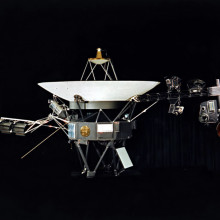
01:18 - News from the Royal Astronomical Society
News from the Royal Astronomical Society
Dr Robert Massey brings us up to date with what's been happening at the Royal Astronomical Society, including discussing mankind's interstellar legacy and what to look out for in the November night skies...
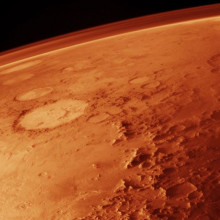
09:22 - New Missions to Mars
New Missions to Mars
November will see the launch of two new missions to Mars - the Russian Phobos Grunt; which will send samples of soil from the Martian moon Phobos, and NASA's Mars Science Laboratory, which will examine Mars with unprecidented clarity...
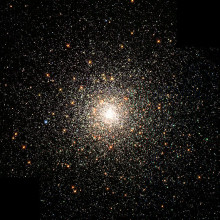
14:27 - How the Milky Way killed off its satellites
How the Milky Way killed off its satellites
Models suggest the Milky Way should have far more dwarf galaxies orbiting it than we see - known as the the "missing satelites" problem. New evidence suggests a powerful blast of UV radiation my be to blame...
Will the Sun consume Earth before our galaxy collides with Andromeda?
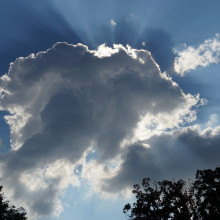
20:53 - Why do sunbeams appear to spread out?
Why do sunbeams appear to spread out?
The correct name for this phenomenon is "crepuscular rays". It refers to the apparent spreading out from behind a cloud of sunbeams or shafts of sunlight when you view them from the Earth's surface.
It is, of course, an illusion. The Sun's rays are not issuing from behind a cloud and spreading out towards you: the Sun is so far away that the light rays reaching the Earth are effectively parallel. Instead, this "trick of the light" is caused by perspective. That is, things farther away look smaller. This is why train tracks appear to narrow, or converge, into the distance.
So when you look skywards and see sunbeams coming through a cloud, because the light patches at greater distance appear closer together, making the shafts of light look narrower.
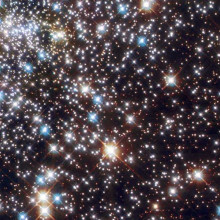
23:59 - The Origins of Blue Stragglers
The Origins of Blue Stragglers
with Dr Christopher Tout, Cambridge University
Blue Stragglers are strange stars that don't seem to fit the standard picture of stellar evolution. A paper published in Nature on the 20th of October by Aaron Geller & Robert Mathieu (see link below) helps shed some light on their origins.
Christopher Tout is the John Kooch-Adams Astronomer at the Institute of Astronomy in Cambridge, and a fellow of Churchill college. He researches stellar evolution, and gives his perspective on the work.
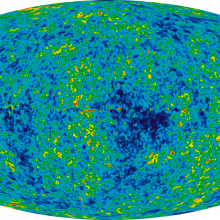
41:50 - The Polarised Universe
The Polarised Universe
with Dr Jo Dunkley, Oxford University
If you've seen a recent 3D film, you'll know that the polarity of light is really important. Separating different polarities can give us an altogether different view. The Cosmic Microwave Background is just the same - observing the polarity can tell us about the history of the universe.
Andrew Pontzen speaks to Oxford University's Jo Dunkley...









Comments
Add a comment